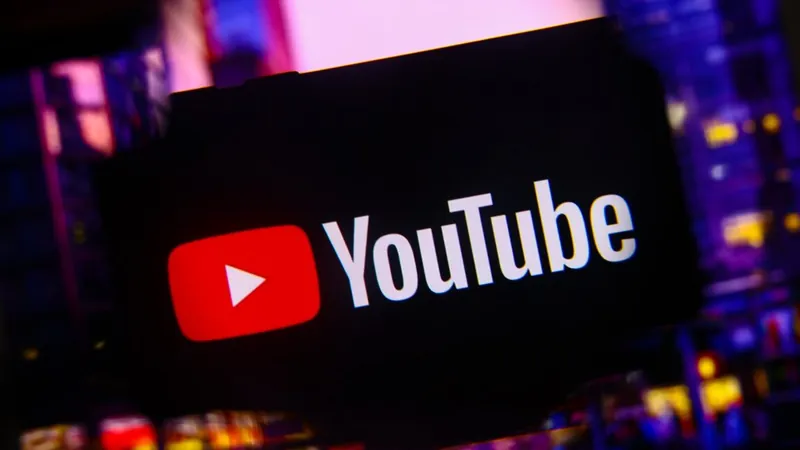
YouTube's Secret AI Video Enhancement: A Game Changer or a Sneaky Scheme?
2025-08-25
Author: Emma
Is Google pulling a fast one? For months, YouTube creators have been buzzing with confusion about something unsettling in their newly uploaded videos. Following scrutiny from a popular music channel, Google finally fessed up—it’s been secretly experimenting with AI to enhance video quality, and not a soul was informed.
The whispering started when the enhancement feature rolled out in YouTube Shorts earlier this year. Creators began noticing bizarre artifacts, unsettling distortions, and an overly smooth finish reminiscent of an AI's digital touch. Think of the strange effects from oversharpening a smartphone photo—that’s exactly what many creators are experiencing.
Rene Ritchie, YouTube's head of editorial, attempted to clarify the situation. He stated that this enhancement differs from the generative AI present in other Google products, insisting it’s based on traditional machine learning used to reduce blur and noise while sharpening the image. But let's be real—it’s still a form of AI meddling with videos.
YouTuber Rhett Shull took matters into his own hands after discussing the oddities with fellow creators. He became convinced that YouTube is covertly applying what he calls "upscaling" to videos, while Ritchie argues this isn't exactly what’s happening.
Transparency? What Transparency?
Despite Google finally admitting to its undetected video tweaks, the future is murky. Will this AI enhancement become standard for all uploads? Will creators ever get the chance to opt out of these treatments? Good questions, but as of now, there are no clear answers.
Casual viewers might appreciate the polished finish of AI-enhanced videos, but creators are understandably frustrated. Not only are the visuals questionable (many argue they look worse), but the real kicker is that Google made these changes without a whisper of warning. The tech giant claims to want feedback from users, but it seems they need to listen more closely.
Interestingly, when Google introduced its Pixel 10 phones, it emphasized transparency in AI photo enhancements, integrating C2PA labels to clarify when images were AI-edited. But for YouTube? Silence seems to be the policy.
As the digital world increasingly critiques AI content, creators find themselves in a precarious position. Even a whiff of AI usage can turn their online reputation into a target. By implementing these covert modifications, Google risks subjecting creators to unwarranted scrutiny and possible backlash, all stemming from this quiet AI video experiment. Buckle up, because as YouTube prepares to harness Veo video generation, we’re likely just scratching the surface of what’s to come.
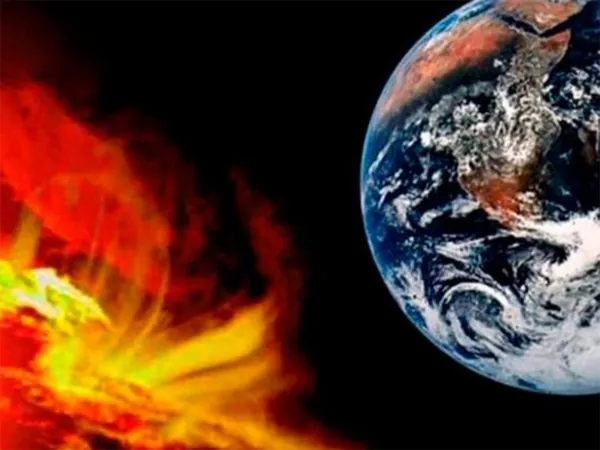

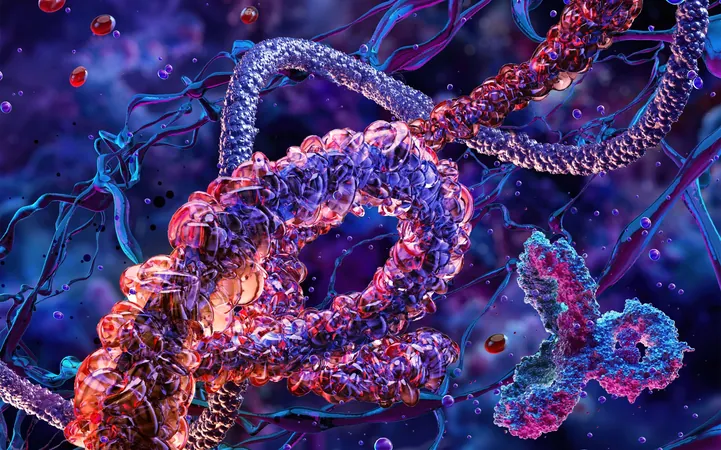
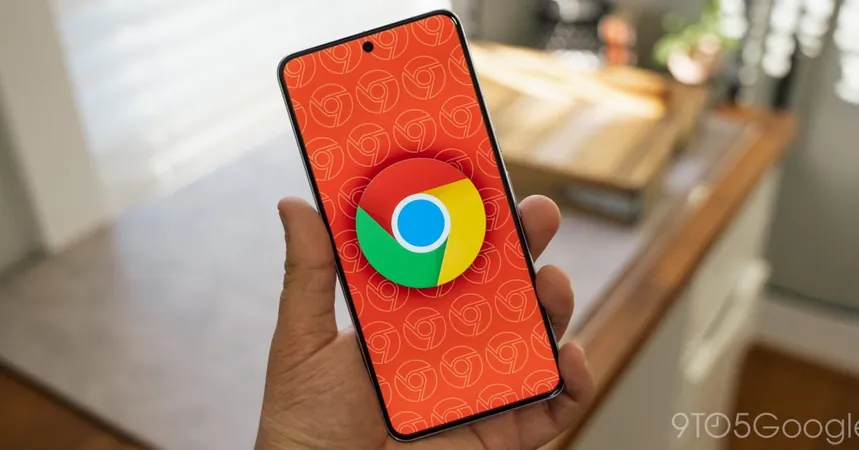
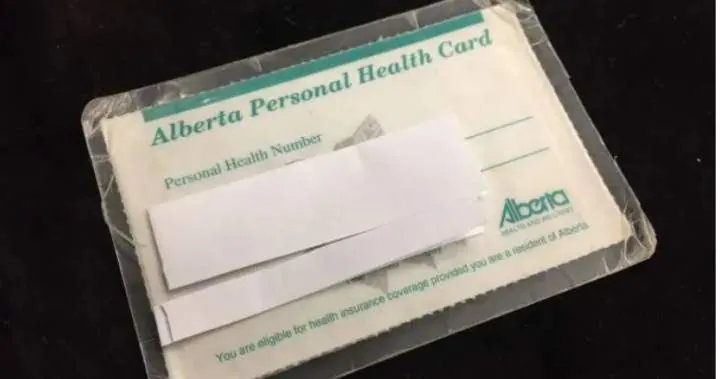
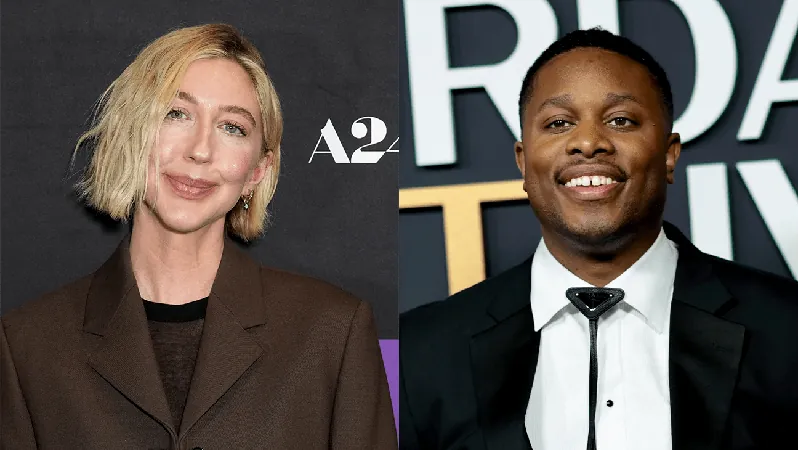
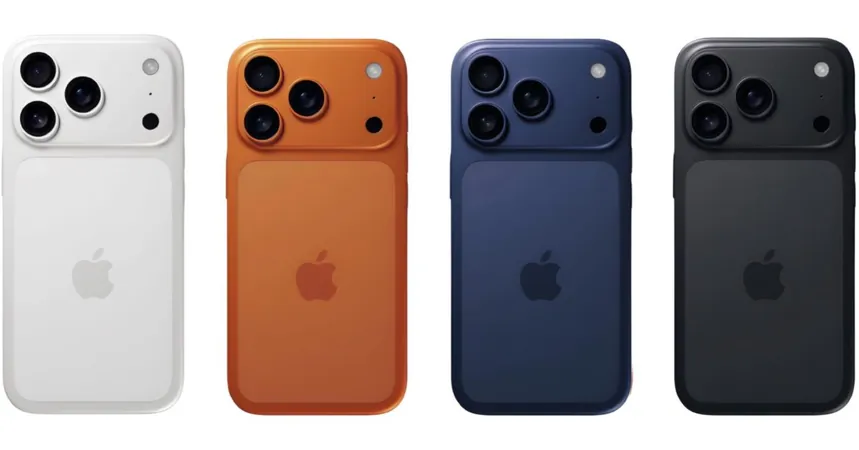

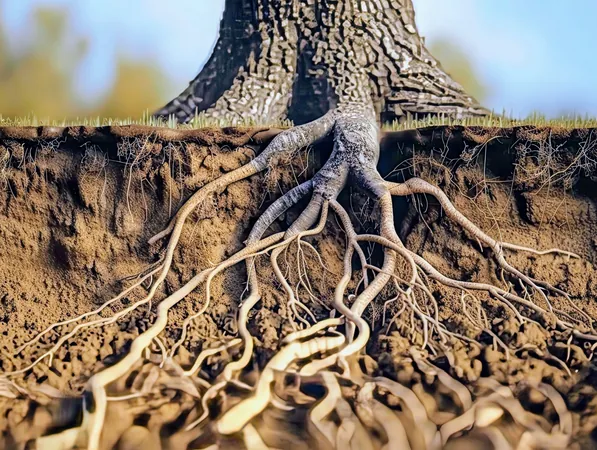
 Brasil (PT)
Brasil (PT)
 Canada (EN)
Canada (EN)
 Chile (ES)
Chile (ES)
 Česko (CS)
Česko (CS)
 대한민국 (KO)
대한민국 (KO)
 España (ES)
España (ES)
 France (FR)
France (FR)
 Hong Kong (EN)
Hong Kong (EN)
 Italia (IT)
Italia (IT)
 日本 (JA)
日本 (JA)
 Magyarország (HU)
Magyarország (HU)
 Norge (NO)
Norge (NO)
 Polska (PL)
Polska (PL)
 Schweiz (DE)
Schweiz (DE)
 Singapore (EN)
Singapore (EN)
 Sverige (SV)
Sverige (SV)
 Suomi (FI)
Suomi (FI)
 Türkiye (TR)
Türkiye (TR)
 الإمارات العربية المتحدة (AR)
الإمارات العربية المتحدة (AR)